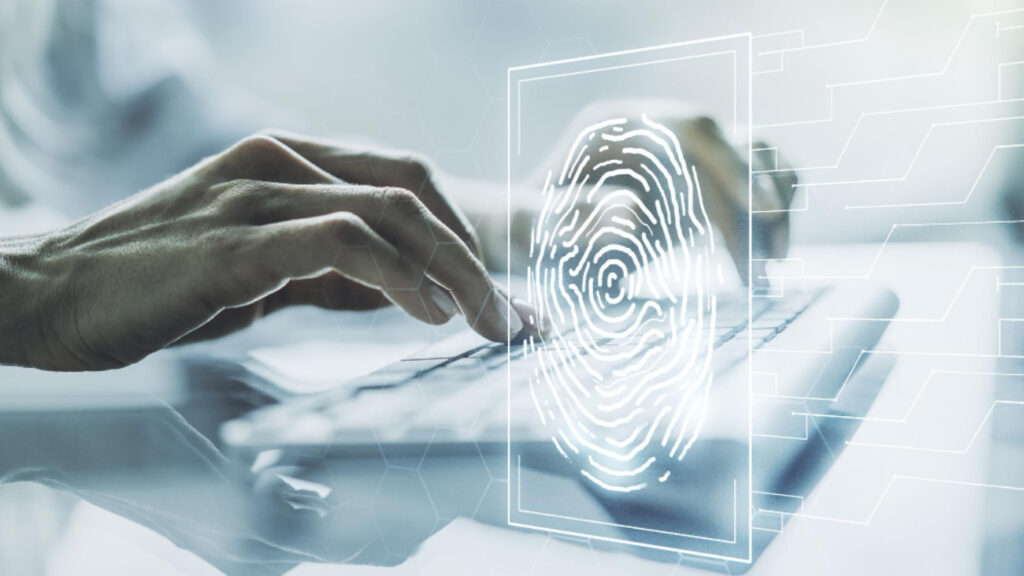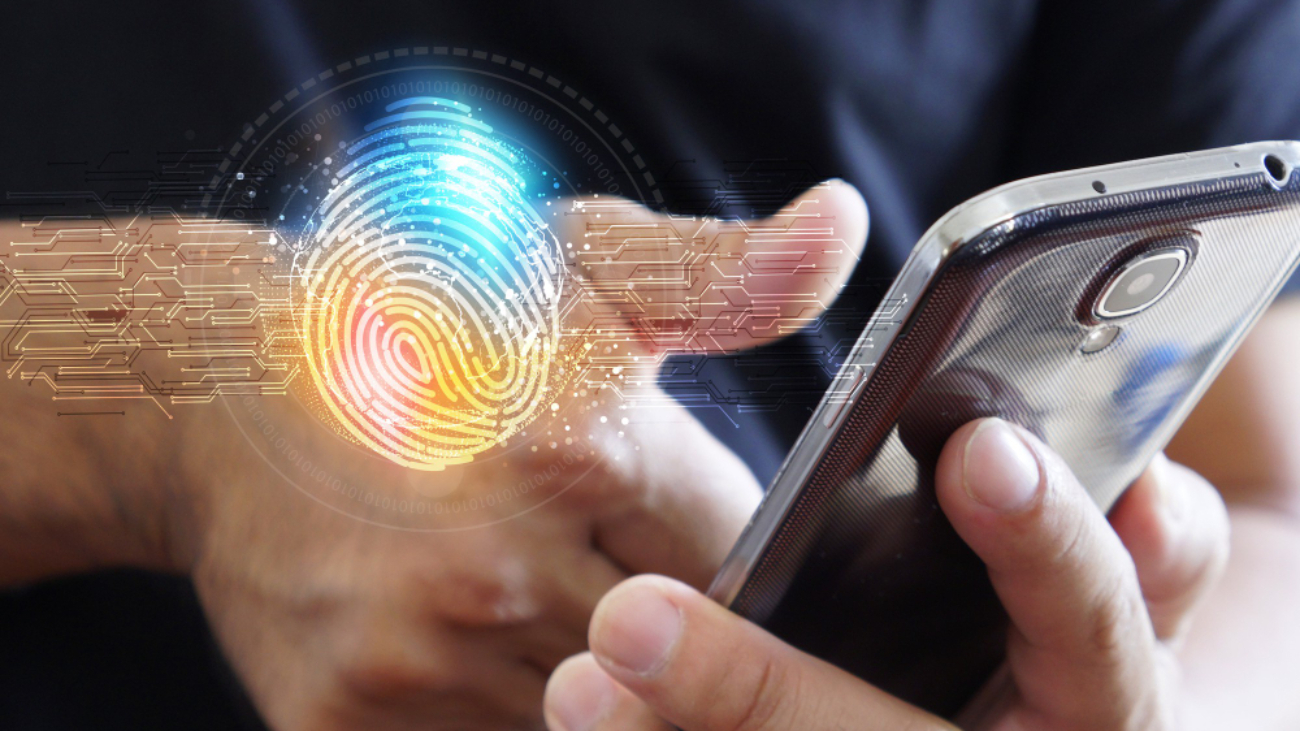Biometric patterns are unique physical or behavioral characteristics that can be used to identify a person stated Bahaa Abdul Hadi. Fingerprints, facial features, and voice patterns are all examples of biometric patterns. From unlocking smartphones and accessing buildings to making payments, this technology serves many purposes.
The recent popularity of Biometric patterns for authentication and identification purposes poses some serious questions. Where is your personal data going? Is it in safe hands? Are the authentication processes transparent? These questions must be answered to ensure the safety of users.
Privacy concerns
The use of biometric patterns raises a number of privacy concerns, including:
- Data collection and storage: Biometric data is often collected and stored in centralized databases. This raises concerns about the security of this data and the potential for it to be misused.
- Discrimination: Sensitive data derived from biometrics could turn into a weapon to discriminate against people, such as people with disabilities or people of certain ethnic groups.
- Surveillance: People’s movements and activities can be easily tracked by accessing their biometrics data. This raises concerns about the potential for mass surveillance.
Ethical considerations
There are also some ethical considerations with the implementation of biometrics, including:
- Consent: People should give their consent before their biometric data is collected and used.
- Transparency: How will the biometric data be collected, used and stored? People have a right to know the method accurately.
- Security: Unauthorized access and use of biometric data is a serious issue. Keeping such information secure should be top priority.
- Accountability: Mechanisms need to be in place that hold organizations accountable for the way they use biometric data.
Other things to consider
Here are some additional things to consider when using biometric patterns:
- The purpose of collecting the biometric data: Is the data being collected for a legitimate purpose?
- The type of biometric data being collected: Some biometric data, such as fingerprints, is more sensitive than others.
- The length of time the data will be stored: How long will the data be stored and who will have access to it?
- The security measures in place to protect the data: How will the data be protected from unauthorized access and use?
By carefully considering these factors, we can help to ensure that the use of biometric patterns is both safe and ethical.
Conclusion
The use of biometric patterns has the potential to improve security and convenience. However, it is important to be aware of the privacy concerns and ethical considerations involved. By taking steps to address these concerns, we can ensure that the use of biometric patterns is safe and responsible. Thank you for your interest in Bahaa Abdul Hadi. For more information, please visit www.bahaaabdulhadi.com







